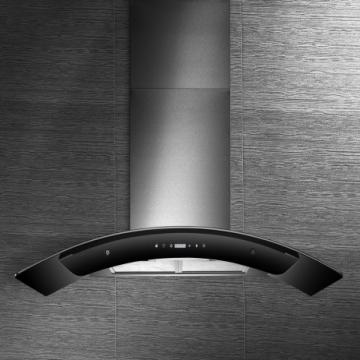Wireless network design planning

1. Signal coverage and WLAN frequency channel planning
When using the 2.4 GHz frequency point, in order to ensure that the channels do not interfere with each other, in the coverage area, up to three non-overlapping frequency points can be provided to work simultaneously, and usually three frequency points of 1, 6, and 11 are used. The 24 frequency points of 5 GHz do not overlap each other and can be used in the same coverage area.
WLAN frequency planning needs to consider the specific conditions of building structure, penetration loss and wiring system. In principle, only the 2.4 GHz band can be used; the indoor and outdoor deployment modes are preferred to use the 2.4 GHz band. If the same frequency interference in the 2.4 GHz band cannot be avoided, or the system capacity can be increased, the 5 GHz band can be introduced.
2. Living area signal coverage
The living area includes rooms and study rooms. There are many internal rooms, many walls, and the signal penetration is seriously attenuated. Independently deploy the AP in a specific room according to business needs, and suggest that the signal only penetrates a wall.
3. Meeting area signal coverage
The meeting area includes living room, dining room and banquet hall. Large area, high floor and empty interior. The signal attenuation is small, but the number of access terminals is large. It is necessary to deploy an AP in the conference area to ensure the capacity of multi-user access.
4. Obstacle
Transmission propagation occurs when radio waves encounter obstacles that cannot be diffracted during propagation. Depending on the material of the obstacle being penetrated and its thickness and the frequency of the electromagnetic wave, the loss due to transmission is also different.
On-site geological survey of wireless networks
1. Geological survey - the main factors affecting WLAN communication
• Direct interference
Direct interference is caused by WLAN equipment operating in the same frequency band. For example, 2.4GHz has three independent channels. If the two channels cover the same channel, the device will renegotiate and transmit the signal when it is interfered, so the data will be interrupted and the application will be unchanged.

Unreasonable channel design
• Indirect interference
Mainly from electrical interference, such as generators, telephone systems, microwave ovens, wireless Bluetooth headsets and other household equipment signal interference.
With a professional R & D team, the company has applied for 296 patents and 231 granted patents, including 43 invention patents. With a high technical qualification, the company has participated in the development of 14 national and industrial standards and organized several industry technical interchange meetings

Extractor Hood,Durable Swift Cooker Hoods,Kitchen Extractor Hood,Auto Clean Range Hoods
xunda science&technology group co.ltd , https://www.gasstove.be